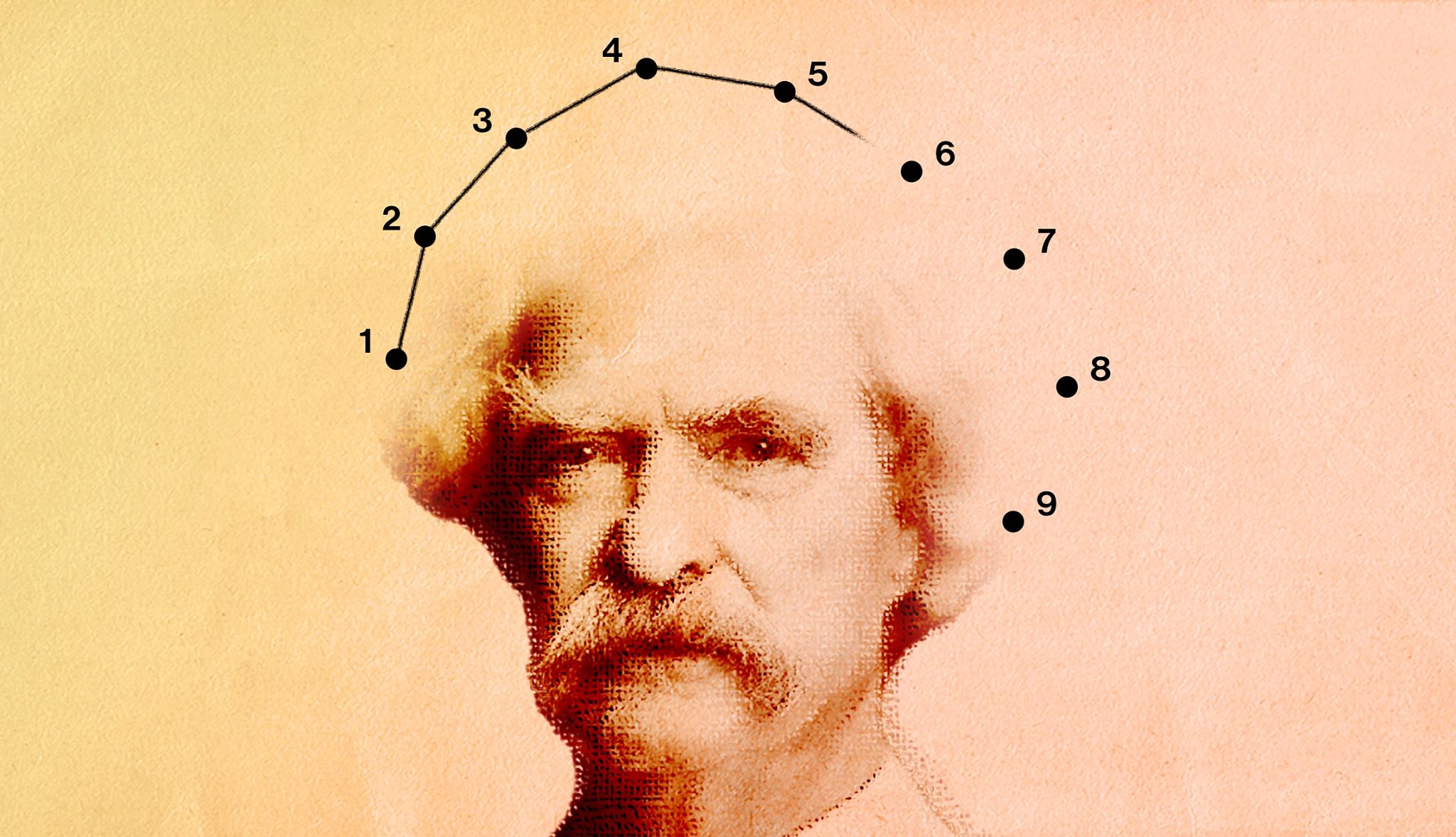
A new biography reveals fascinating facts about mark twain | members only
- Select a language for the TTS:
- UK English Female
- UK English Male
- US English Female
- US English Male
- Australian Female
- Australian Male
- Language selected: (auto detect) - EN
Play all audios:

With his trademark white suits, droopy mustache and dandelion hair, the beloved humorist and author Mark Twain (1835–1910) is still an instantly recognizable figure more than a century after
his passing, at age 74. Today, he’s probably best known as the writer of two classic American novels, _The Adventures of Tom Sawyer_ and _The Adventures of Huckleberry Finn_, the latter of
which Ernest Hemingway called the source of “all modern American literature.... There has been nothing as good since.” But Twain was a more complex character than his image as a witty
quipster and author of required reading for English classes might suggest, according to Ron Chernow’s voluminous new biography, _Mark Twain_ (out May 13). The Pulitzer Prize-winning
biographer (for Alexander Hamilton, which inspired the Broadway musical) offers a fascinating and, at more than 1,000 pages, hefty portrait of a volatile, complicated, irreverent man who not
only “dared to state things that others only thought” but also held a surprisingly dark view of society and human nature, with “some mysterious anger, some pervasive melancholy” fueling his
humor. In short, Chernow writes, Twain “incarnated the best and sometimes the worst of America, all rolled into one.” Here are 13 of the most intriguing things we learned about Twain’s life
from the new book: Twain at 15, holding printers' tools. He worked as a printer's apprentice, then as a newspaper typesetter in his youth. VCG Wilson/Corbis via Getty Images 1.
HIS RELATIONSHIP WITH HIS MOTHER CONTRIBUTED TO HIS ESTEEM FOR WOMEN. Born Samuel Langhorne Clemens in 1835, Twain, the sixth of seven children, was closer to his mother, Jane, than he was
to his father. Their warm relationship would color his views of women all his life. From Jane, Chernow writes, “Twain learned that he could trust women and express a richer spectrum of
emotion than with men. With his father, Sam had to suppress his personality; with his mother, he could flaunt it.” John Clemens, a judge who was cold and aloof to his son, died when the boy
was 11, leaving the family in financial peril. Still, Twain was often “shy and awkward” with women, according to Chernow. The fence in front of Twain's childhood house in Hannibal,
Missouri, was the likely inspiration for the famous fence-painting scene in his novel "The Adventures of Tom Sawyer," where Tom makes whitewashing the fence seem so fun, they ask
if they can paint it themselves. George Pickow/Three Lions/Getty Images 2. TWAIN IDEALIZED YOUTH. Twain romanticized his hometown of Hannibal, Mo., in his fiction, evoking it as “the white
town drowsing in the sunshine of a summer’s morning.” He saw it as a childhood paradise where “youngsters went barefoot in summer and gorged on cornmeal cakes and catfish.” It left him with
the sense, in Chernow’s assessment, that youth was “the only worthwhile period and that it was all downhill after that.” Twain was always drawn to the water. As a boy he dreamed of becoming
a steamboat pilot on the Mississippi River. Bettmann Archive/Getty Images 3. THE WATER ALWAYS BECKONED HIM. The Mississippi River (Hannibal is a port city) shaped not only Twain’s art,
including his 1883 book _Life on the Mississippi_, but also his early ambitions: He dreamed of becoming a steamboat pilot and worked on the river until the Civil War broke out. The water
cast a dreamy spell on him and even inspired his pen name, Chernow writes: “On the Mississippi River, the leadsman would sound the water’s depth by lowering a weighted rope, and if he cried
‘mark twain,’ it meant two fathoms or twelve feet, considered a safe depth.”
